P11409
Phenanthrene
98%
Synonyme(s) :
[3]Helicene
About This Item
Produits recommandés
Niveau de qualité
Essai
98%
Forme
crystalline powder
pb
340 °C (lit.)
Pf
98-100 °C (lit.)
Densité
1.063 g/mL at 25 °C (lit.)
Chaîne SMILES
c1ccc2c(c1)ccc3ccccc23
InChI
1S/C14H10/c1-3-7-13-11(5-1)9-10-12-6-2-4-8-14(12)13/h1-10H
Clé InChI
YNPNZTXNASCQKK-UHFFFAOYSA-N
Informations sur le gène
human ... CYP1A2(1544)
Vous recherchez des produits similaires ? Visite Guide de comparaison des produits
Catégories apparentées
Description générale
Application
- Proteomic Analysis of Polycyclic Aromatic Hydrocarbons in Crop Xylem Sap: This study provides a deep dive into the transport and obstruction mechanisms of PAHs like Phenanthrene in crops, using proteomics and molecular docking, vital for enhancing food safety and crop protection strategies (Zeng et al., 2024).
- Impact of Organic Acids on Phenanthrene Biodegradation: Offers insights into how low molecular weight organic acids influence the biodegradation of Phenanthrene, enriching our understanding of microbial interactions with environmental contaminants in biotechnological applications (Zhang et al., 2023).
Mention d'avertissement
Warning
Mentions de danger
Conseils de prudence
Classification des risques
Acute Tox. 4 Oral - Aquatic Acute 1 - Aquatic Chronic 1
Code de la classe de stockage
11 - Combustible Solids
Classe de danger pour l'eau (WGK)
WGK 2
Point d'éclair (°F)
Not applicable
Point d'éclair (°C)
Not applicable
Équipement de protection individuelle
dust mask type N95 (US), Eyeshields, Gloves
Listes réglementaires
Les listes réglementaires sont principalement fournies pour les produits chimiques. Seules des informations limitées peuvent être fournies ici pour les produits non chimiques. L'absence d'indication signifie qu'aucun des composants n'est répertorié. Il incombe à l'utilisateur de s'assurer de l'utilisation sûre et légale du produit.
EU REACH SVHC Candidate List
Faites votre choix parmi les versions les plus récentes :
Déjà en possession de ce produit ?
Retrouvez la documentation relative aux produits que vous avez récemment achetés dans la Bibliothèque de documents.
Les clients ont également consulté
Notre équipe de scientifiques dispose d'une expérience dans tous les secteurs de la recherche, notamment en sciences de la vie, science des matériaux, synthèse chimique, chromatographie, analyse et dans de nombreux autres domaines..
Contacter notre Service technique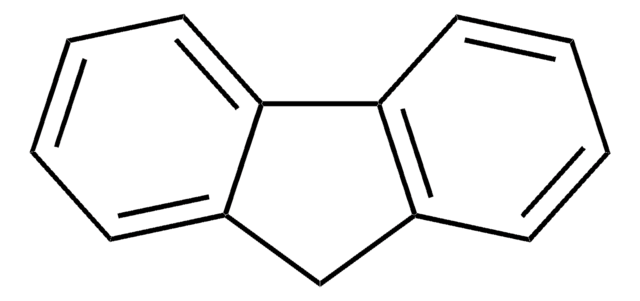
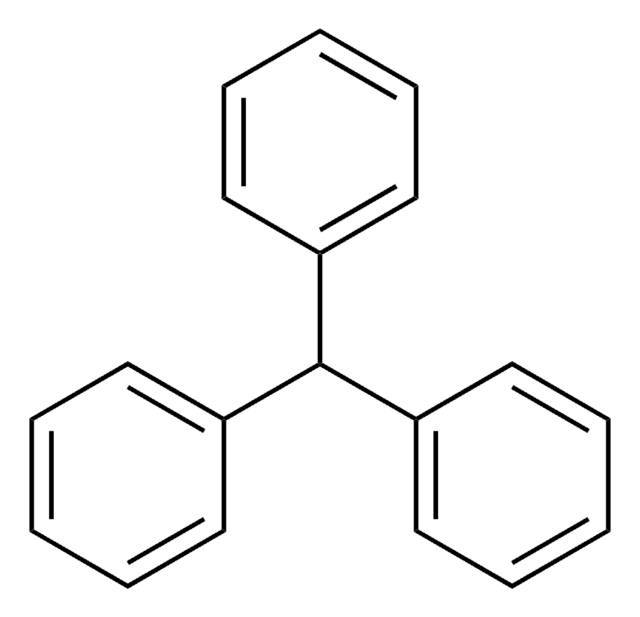
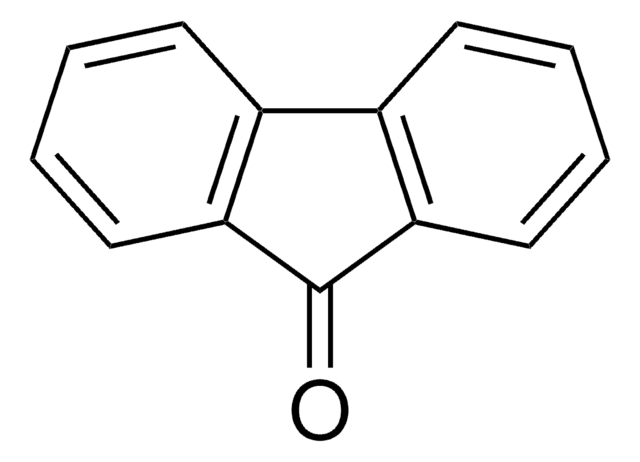

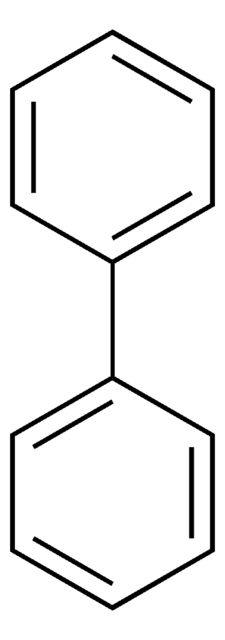
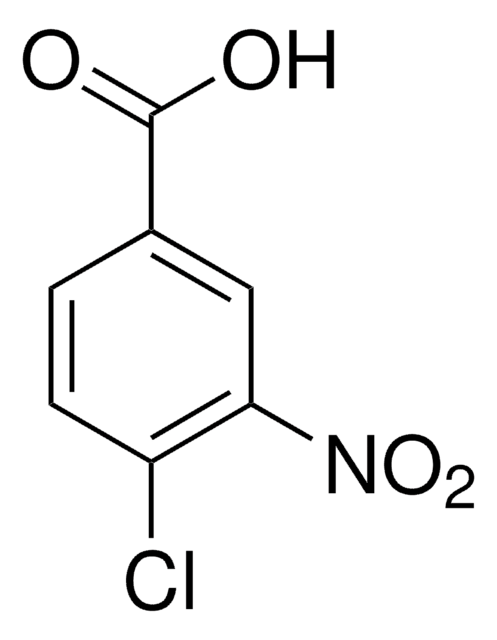
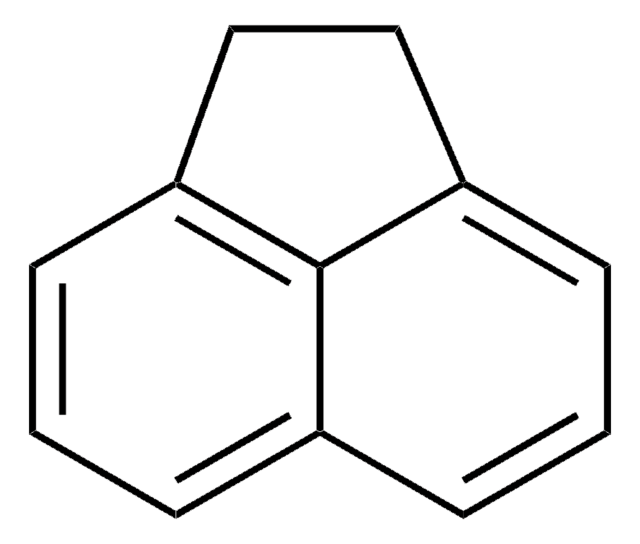

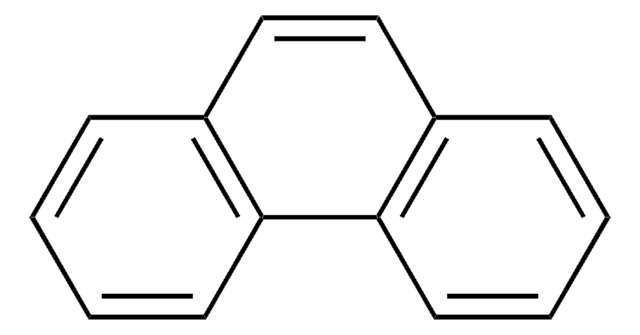


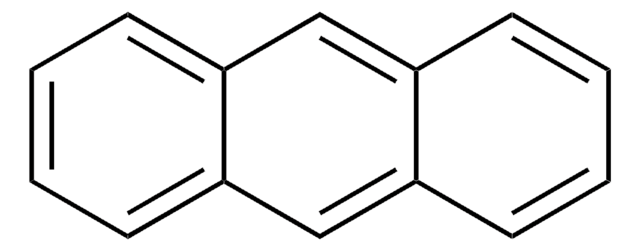
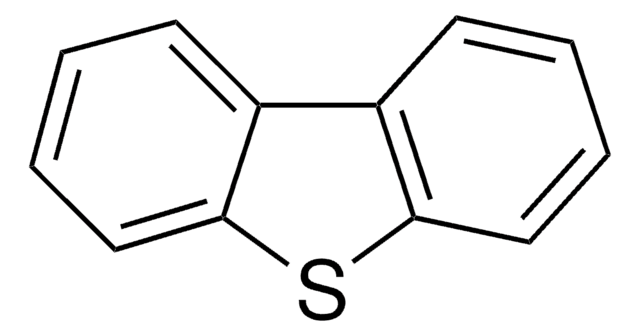
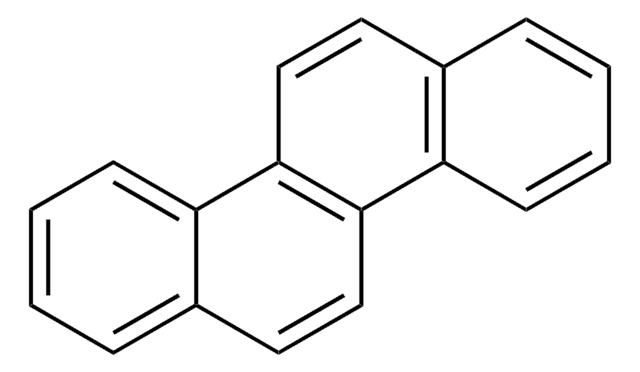
![Benzo[a]anthracene 99%](/deepweb/assets/sigmaaldrich/product/structures/351/486/b3ddf157-a732-4ef8-83f0-c70a53404cb2/640/b3ddf157-a732-4ef8-83f0-c70a53404cb2.png)